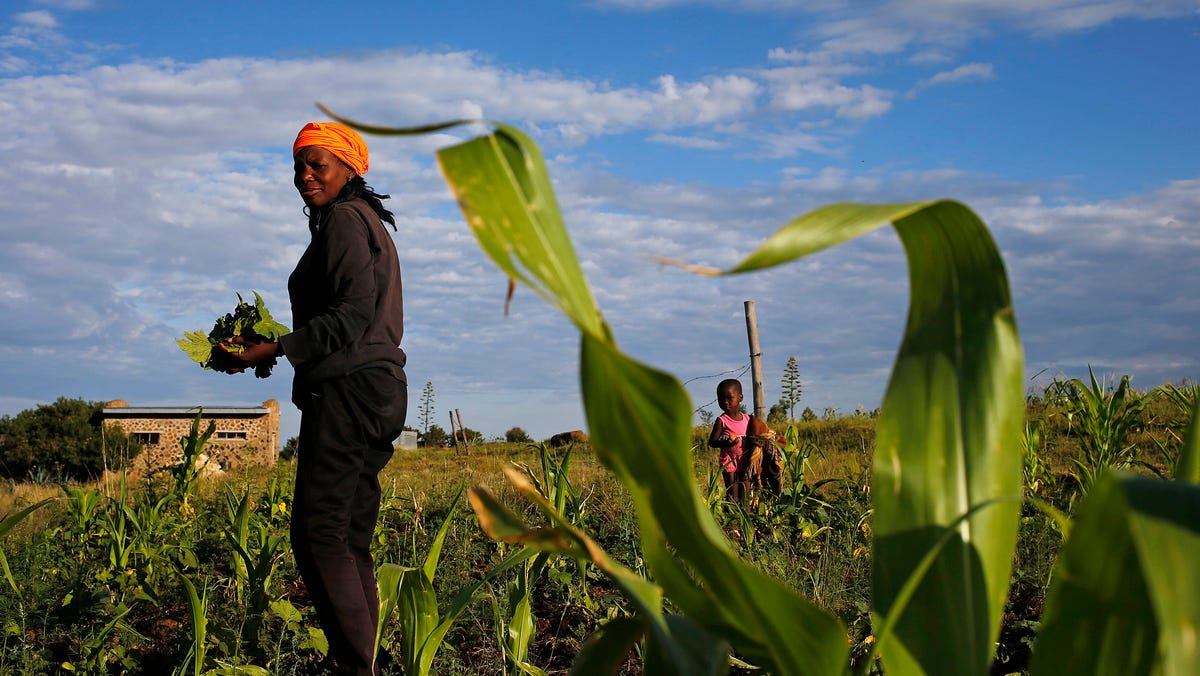Lesotho's 50% US Tariff: A Deep Dive into the Trade War's Impact
The imposition of a 50% tariff on Lesotho's textile exports to the United States sent shockwaves through the small African nation's economy. This unexpected trade war development has far-reaching consequences, impacting not only Lesotho's economy but also its relationship with the US and the broader global trade landscape. This article delves into the intricacies of this tariff, exploring its causes, impacts, and potential future implications.
Understanding the Roots of the Dispute
The 50% tariff, imposed in [Insert Date], wasn't a sudden, isolated event. It stemmed from a complex interplay of factors, including:
- African Growth and Opportunity Act (AGOA): Lesotho's preferential access to the US market under AGOA was seemingly jeopardized. While AGOA aims to boost African economies, compliance with certain labor standards and other requirements is crucial for maintaining benefits. Allegations of [briefly state the specific labor or trade violation cited by the US] triggered the tariff.
- US Trade Policy Shifts: The broader context of US trade policy under [mention relevant administration and policy shifts] played a role. This period saw increased protectionist tendencies and a focus on renegotiating existing trade agreements. This created a climate where existing preferential trade arrangements, like AGOA, were vulnerable to reevaluation.
- Global Supply Chain Disruptions: The global impact of [mention any relevant global economic factors e.g., the pandemic, global inflation] added to the economic pressures faced by both Lesotho and the US, potentially exacerbating tensions and influencing trade decisions.
The Impact on Lesotho's Economy
The 50% tariff dealt a significant blow to Lesotho's economy, heavily reliant on textile exports to the US. The consequences are multifaceted:
- Job Losses: The textile industry is a major employer in Lesotho. The tariff led to factory closures and widespread job losses, severely impacting livelihoods and contributing to increased poverty.
- Reduced Exports & Revenue: A dramatic reduction in exports to the US translates directly into lower government revenue, hindering public services and development projects.
- Economic Stagnation: The overall economic growth of Lesotho has been significantly impacted, potentially pushing the nation further into economic hardship.
- Social Unrest: The economic hardship caused by the tariff could fuel social instability and unrest.
Navigating the Path Forward: Potential Solutions & Future Outlook
Lesotho is actively seeking solutions to mitigate the negative consequences of the tariff. These efforts include:
- Negotiations with the US: Diplomatic efforts are underway to address the US concerns and potentially reinstate preferential trade access under AGOA. This involves demonstrating commitment to meeting labor and trade standards.
- Diversification of Export Markets: Lesotho is exploring opportunities to diversify its export markets, reducing dependence on the US. This involves seeking new trade partnerships and developing new industries.
- Investment in Domestic Industries: Investments in other sectors, such as agriculture and tourism, are crucial for bolstering economic resilience and creating alternative employment opportunities.
- International Support: Lesotho requires support from international organizations and other countries to navigate this economic crisis and implement effective strategies for recovery.
The Broader Implications
The Lesotho case highlights the fragility of small economies reliant on preferential trade access. It underscores the importance of:
- Fair Trade Practices: The need for equitable and transparent trade relationships between developed and developing countries is paramount.
- Sustainable Development Goals: The impact on Lesotho's development goals, including poverty reduction and job creation, is significant, highlighting the interconnectedness of trade and development.
- Global Trade Governance: The episode raises questions about the effectiveness of existing global trade governance mechanisms in protecting the interests of vulnerable nations.
Conclusion:
The 50% US tariff on Lesotho's textile exports represents a significant challenge for the small nation. While the path to recovery is complex, proactive measures focusing on negotiation, diversification, and international support are vital for Lesotho to overcome this economic hurdle and build a more resilient future. The situation serves as a stark reminder of the potential vulnerability of developing nations within the complex global trade system.
(Note: Remember to replace bracketed information with accurate and up-to-date details.)
